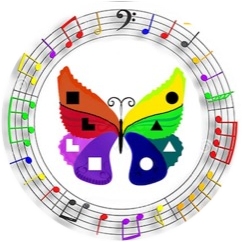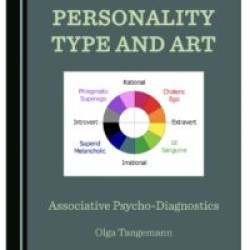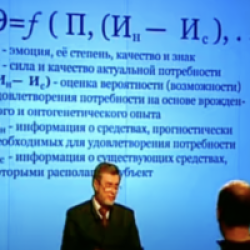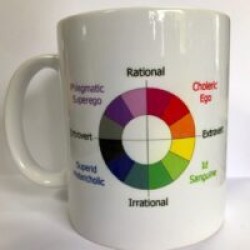Duality as a quality of relations, and not as a category of compatibility of certain types, should replace people’s view and stereotypical perception of attitude in the typology of socionics. Ian Trippner’s question was: “Are intertype relationships focused on being“ enjoyable ”as the most important factor, but real life is real life and it follows its own rules for compatibility? Do you find any relationship more common or perhaps more harmonious? ”
I firmly believe that the typological factor in relationships is not a priority, but only part of the whole. Other factors play an equally important role in compatibility. This is the same as assuming that nature is more important than parenting. But being typologists and, considering the theory of intertype relations, we can say that opposites are attracted as long as they do not take the position of the conflicting parties. I am sure, however, that conflicting types do not prevent people from marrying each other and staying in a long relationship.
Maybe it is time to change people’s views on the priority of duality as ideal compatibility of just certain types and say: ideal compatibility is far from a category in the relations. Duality in terms of socionics is nothing more than a hypothesis and theory, but practice and reality never fits purposefully into theory. Any model is only part of our perception of the phenomenon, whether it be type or anything else. Duality in relationships is primarily the quality of relationships, which can have a certain degree of expression regardless of the types.
The quality of duality can be achieved in relationships between different types, where people are balanced by differences and similarities in the attitude. We cannot recommend which types should or should not be right for building relationships. But knowing the type differences we can help avoid or reduce conflicts. If we need to understand the nature of the conflict, we can look at the differences of people. If we want to help people find a solution, we indicate their common interests and where they complement each other.
This is a more human approach to the practice of improving relations between people. Thus, the same factors can potentially work to separate or unite people. The theory of intertype relationships uses the principle that opposite types are attracted to each other (for example, dual types with opposite values) and similar types are not exciting (people of the same type). Nevertheless, the theory of socionics suggests that the relationship between the conflicting types is worse than two people of the same type due to pressure on a vulnerable function. We can challenge this claim. It is not absolute and not categorical – it is relative! In fact, everything is relative. I know people who choose jobs related to their vulnerable functions. The degree of tolerance of pressure on a vulnerable function may be different among people.
What can unite people and make them more compatible? Common values, for example, interest clubs and: NT, ST, SF, NF. Values of aspects in the basic groups (by type of energy): Te Fe; Ti Fi; Ni Si; Ne Se; rationality + one common function (for example, logic), etc. This approach to understand compatibility is much more flexible, objective and better corresponds to the reality that we observe where people create couples at will (not on recommendation) and find themselves happy.











